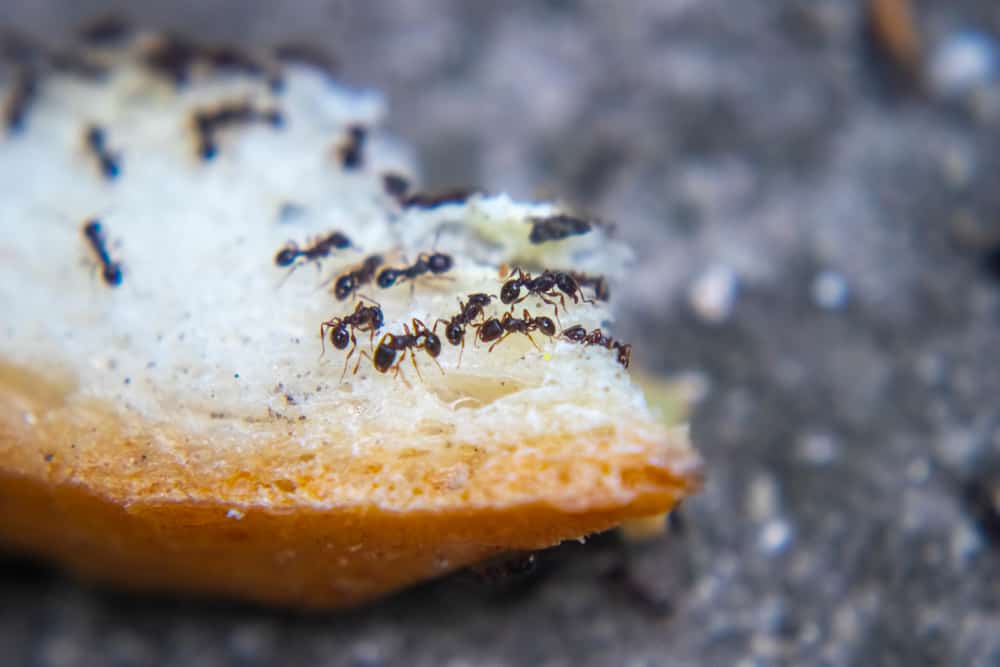Being a southern state with a pretty warm and dry climate, New Mexico is home to a lot of insects and pests. Which of them should you be wary of invading your home, however? And, more importantly, how can you prevent such incursions and deal with them once they occur?
To answer that, here we’ll take a look at the 9 most common house bugs in New Mexico and what you need to know about them.
9 Common House Bugs in New Mexico
Whether you’re from downtown Albuquerque or from the most rural parts of New Mexico, chances are that you’re having pest issues of some kind in your home, property, or office. This isn’t a problem specific to New Mexico, of course, but some types of pests are indeed unique to this state or are, at the very least, particularly common there.
1. Termites
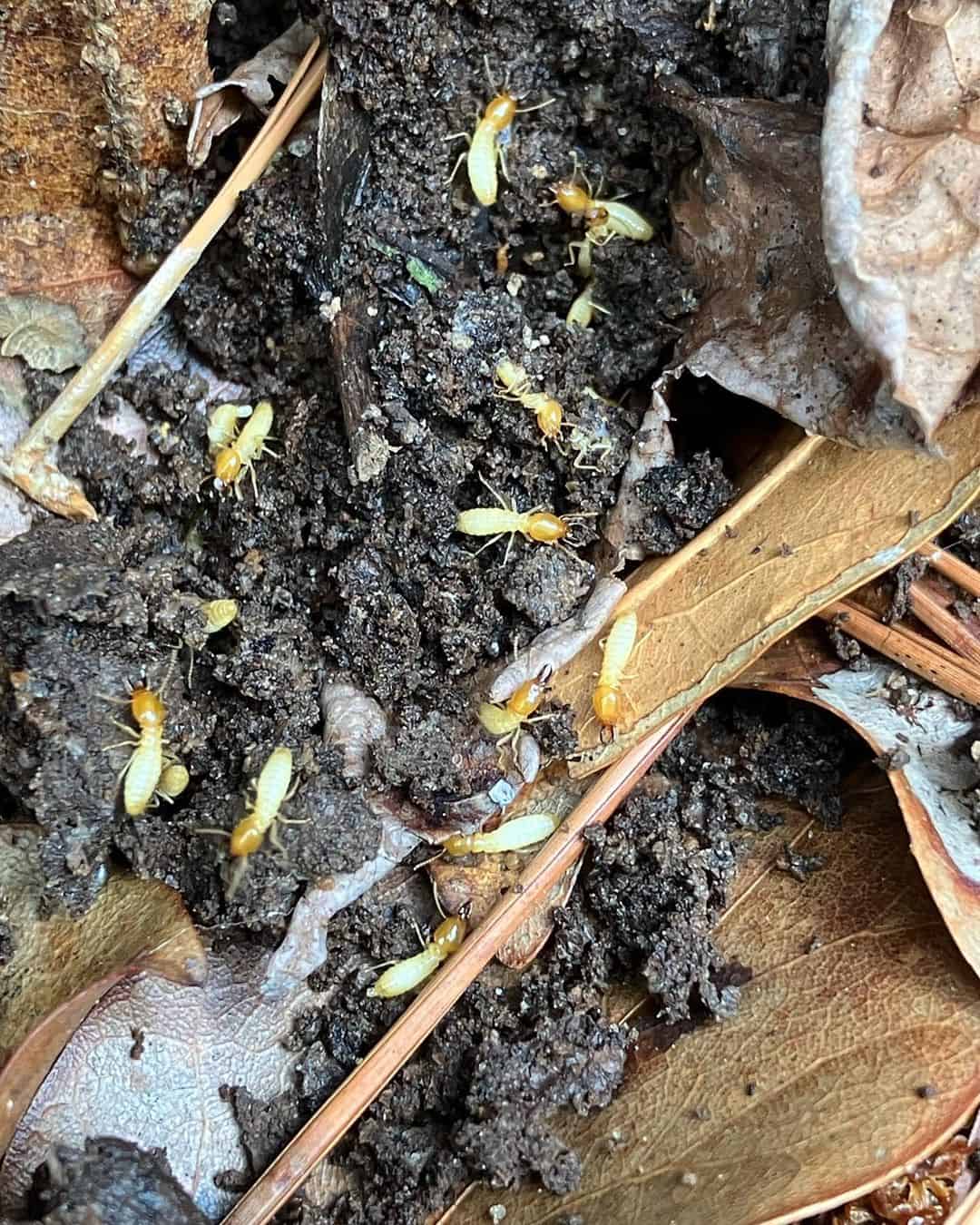
Credit: rwrixon
Subterranean termites are the bane of any wooden structure as their presence often remains undetected to property owners until it’s too late.
Solution: A full-blown termite infestation under your property will usually require the attention of professionals. If you want to do it yourself, you’ll need to look for liquid insecticides designed for soil injection.
Prevention: A key factor in preventing the spread of subterranean termites through your property is reducing the moisture in the soil around your home. This means fixing underground water leaks immediately as they appear. The next factor is removing trees and shrubs from the immediate vicinity of wooden structures to make sure that termites don’t move from the former onto the latter.
2. Ants
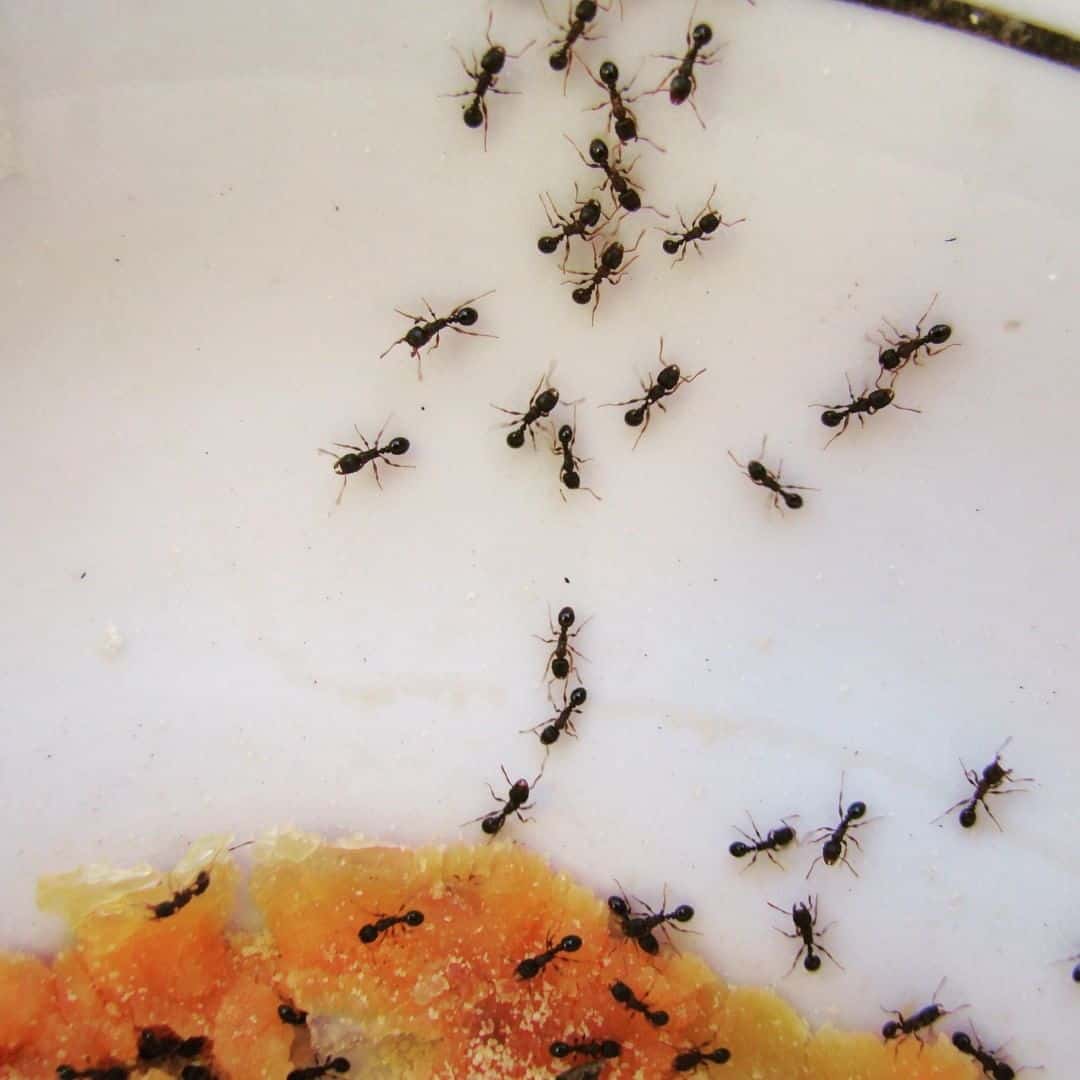
Credit: valleywidepestcontrol
There are many harmless types of ants in New Mexico such as Harvester ants, Odorous house ants, Pharaoh ants, and others. There are also Carpenter ants and Fire ants, however, and those can be quite nasty, especially if you have allergies to insect bites and stings.
Solution: Applying ant traps and insecticide sprays to key areas frequented by ants is the immediate step when dealing with an ant infestation.
If the colony is too settled-in, you might need to get in deeper and start spraying in hard-to-reach spaces such as under the baseboards, behind large furniture pieces such as cupboards and kitchen cabinets, inside walls, and so on. If none of this helps, you might need to consider full-house fogging.
Prevention: Sealing the crevices and cracks on your home’s exterior is the first key prevention step as it blocks the possible entry points for an ant infestation. Next, make sure to get rid of anything that can attract ants in the first place – open trash cans, food scraps, debris in the yard around your home, and so on.
3. Silverfish
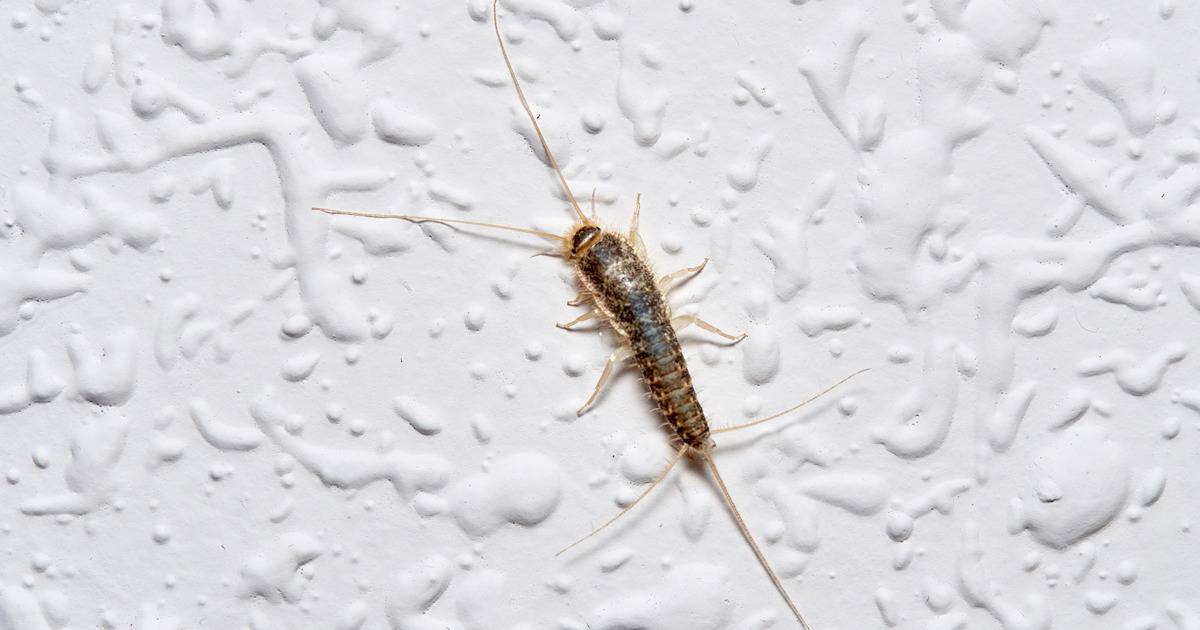
Credit: emoyer.com
Many homeowners ignore silverfish infestations as they do seem harmless compared to other pests. Once their population grows, however, they can wreak havoc on your home, books, and furniture so it’s best to deal with them as quickly as possible.
Solution: Applying a thin layer of Borax to the areas frequented by silverfish most often is the simplest way to deal with this infestation. These insects have a very slow reproductive cycle, so, if you’re thorough enough, you can halt their spread altogether with a few strategic Borax uses.
Prevention: Cleanliness is the name of the game when it comes to silverfish prevention. This means cleaning away any food scraps and dust from all areas in your home, reducing the use of adhesive in your home (by switching from wallpapers to paint, for example), ventilating and dehumidifying your home to reduce its relative humidity, and so on.
4. Fleas
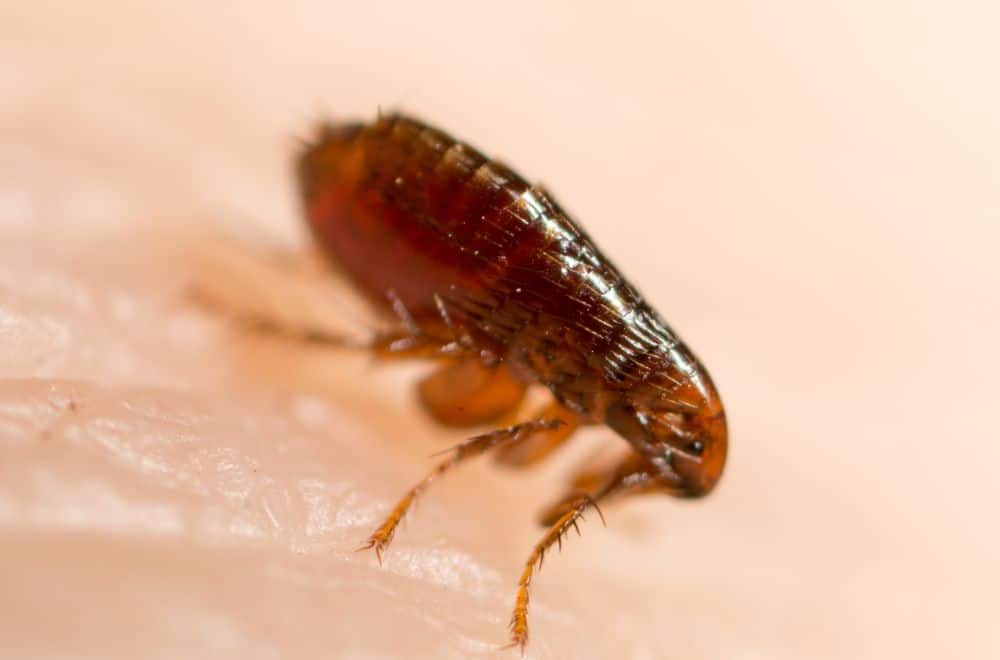
Credit: realmissolliesoakland
Flea bites can be incredibly frustrating but, what’s worse, is that they also frequently transmit diseases.
Solution: The simple solution to any flea problem is to wash anything and everything that fleas and their eggs can hide in – yourself, your pets, your clothes, your carpet, furniture, floor, and so on. This should be done simultaneously to ensure that you destroy both adult fleas and their eggs & larvae at the same time.
Prevention: Flea prevention is simple – just make sure that neither you nor your pets get close to other flea-infested people, pets, and areas. If that’s not an option, bathing and debugging your pets regularly is a must.
5. Cockroaches
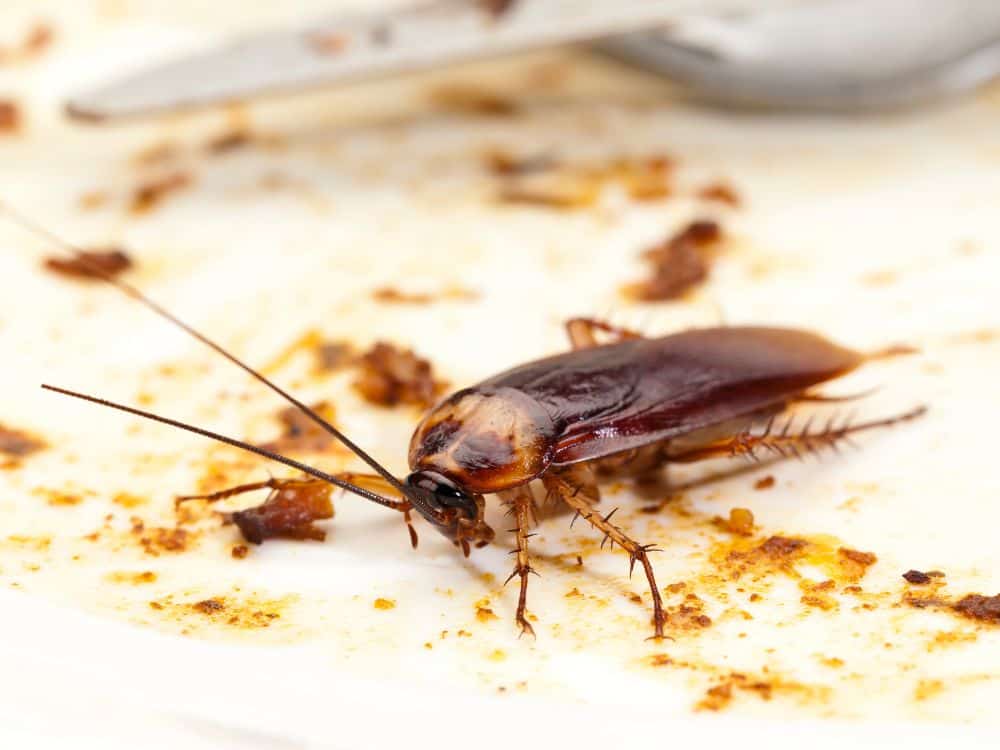
All three types of cockroach pests common in the US can be found in New Mexico – the American cockroach, German cockroach, and Oriental cockroach. These are some of the most hated insect pests out there and for good reasons, including the many diseases they spread such as Cholera, Leprosy, Dysentery, and others..
Solution: The most severe cockroach infestations will usually require professional help. For some DIY home pest control, however, you’d want to use a combination of at least a couple of different insecticide methods such as traps and sprays. Fog bombs are a last resort but they are sometimes necessary as well.
Prevention: Cleanliness is as crucial against cockroaches as it is against other types of pests. Cockroaches are scavengers so they go where their food sources are. We can’t really make the bathroom and plumbing in our homes “dry” so that will always be a factor but removing trash and food scraps from your home and its surroundings can eliminate the food source that attracts roaches in the first place.
6. Bed bugs
Fortunately, bed bugs don’t spread diseases. Unfortunately, a bed bug infestation can be incredibly nasty and difficult to deal with.
Solution: Bed bugs are one of the insects that are most likely to require the use of professional pest control services because of how difficult they are to get rid of. If you want to deal with the issue yourself, heat-treating your bedding and clothes while fogging your home is the best way to get rid of a bed bug infestation.
Prevention: Bed bugs don’t really come into our homes on their own – we bring them in through our clothes and luggage after traveling. So, the only prevention against bed bugs is to properly clean everything we bring home.
7. Mosquitoes
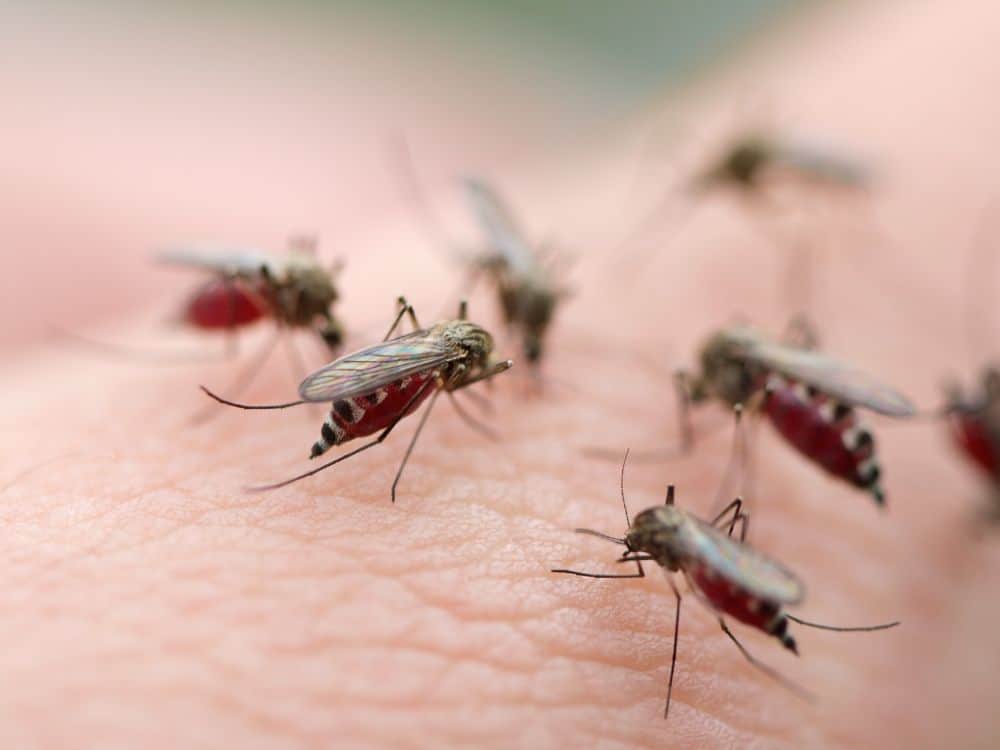
Mosquitoes are the quintessential flying menace in almost any climate, including New Mexico. They also spread many diseases such as malaria, dengue fever, yellow fever, and others, so it’s smart to deal with them as thoroughly as possible.
Solution: Thankfully, mosquitoes are easy to kill and don’t really nest indoors. So, we can always kill the occasional flying pest we encounter either by hand or with sprays. Preventing them from bothering us in the first place is the key part here, however.
Prevention: Window screens are a must if you have mosquitoes in your area. When outside, body bug sprays are usually the best solution. If you want to reduce the overall mosquito population near your home, however, you’d have to deal with their nesting grounds – open bodies of water such as ponds, unkempt pools, puddles, barrels of water, and so on.
8. Wasps, hornets, and bees
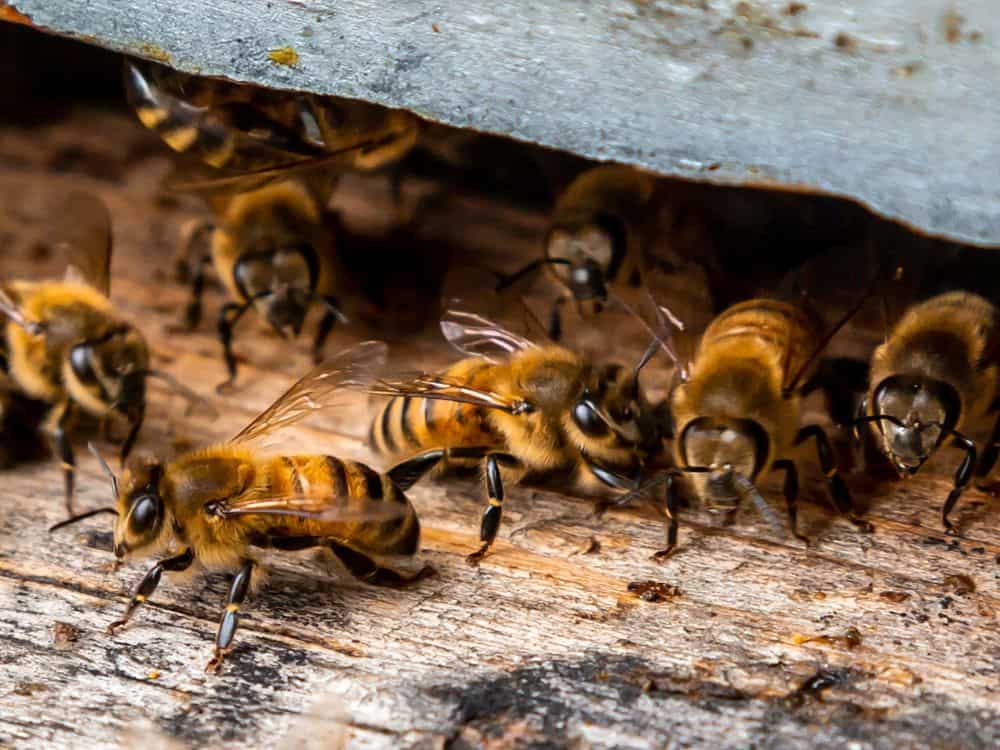
Bees aren’t really parasites – in fact, they are beneficial insects as entire ecosystems depend on their services. Wasps and hornets are pretty much parasites, however, as they don’t contribute anything, yet they are much more aggressive and their stings are much more damaging.
Even bees can sting when provoked, however, which is why it’s best to beware of all flying black-and-yellow stinging insects if you have insect allergies.
Solution: If you have bees, yellow jackets, hornets, or wasps nesting near you, removing the nest is pretty much the only solution and that’s best done with the help of pest control companies. If it is a bee hive rather than a wasp or hornet nest, however, keep in mind that it’s better to relocate it rather than destroy it.
Prevention: If you have flowers in your garden or on your windows, those will likely attract bees and it’s usually not worth it to demolish your garden just for that. Wasps and hornets are usually attracted to exposed food sources such as open trash cans, open windows, or just food left on the garden table – and those are things we easily can and should avoid.
9. Spiders

Like bees, most spiders aren’t pests and not only won’t hurt us but have beneficial functions in our environment, namely as predators of other pests. Some arachnids can and will bite when provoked, however, and quite a few of them are common in New Mexico.
The spider species to be especially wary of include the Brown recluse spider, Black Widow spider, and Wolf spider. Most others, however, are completely harmless.
Solution: Dealing with an individual spider is easy – both an insecticide spray and a slipper can do the trick. If you have a huge nest of brown recluses rapidly growing in your backyard shack, however, you may want to keep your distance and spray them from afar or call a professional.
Prevention: Preventing a large-scale spider infestation is typically done by maintaining a clean environment and sealing off any cracks and crevices in your home, including on the exterior of the basement, attic, crawlspace, and any backyard structures.
In Conclusion
There are many other common household pests in addition to the ones we’ve listed above, especially if we count seasonal invaders or rodents. Aphids and caterpillars can pay your indoor potted plants regular visits and finding a stink bug inside during the cooler winter months isn’t unlikely.
The pests we’ve detailed above are the most common and detrimental house bugs in New Mexico, however, particularly as far as people and our homes are concerned. So, being mindful of them and dealing with their presence as quickly as possible is usually of the utmost importance.
